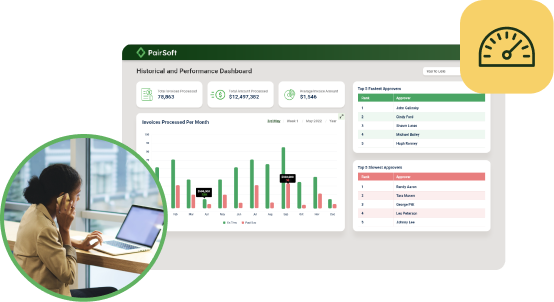Online forms are vital when it comes to running a business. It makes tasks like customer signups, job applications, and product surveys a breeze, all while giving you valuable data to jump-start back office processes. But there’s a lot that goes into building smart web forms. You have to consider the number of fields, layout, and other elements that streamline a form entry. If you’re planning on setting up web forms on your company portal or website, make sure you follow the tips below.
Define your form goals
The golden rule when designing web forms is to understand your objectives. This involves evaluating what data you need, who the users are, and which business processes the collected information relates to. A job application form in your careers page, for instance, requires employee credentials and contact information to provide the recruitment team the data they need to assess a candidate.
Simplify forms
Considering that web visitors tend to leave pages within 10 to 20 seconds, it’s important that your forms are simple and intuitive. Questions should be as short as possible and laid out in a logical order. For a customer signup form, start by asking for names and locations, then work your way down to contact details.
Also, your form should only ask for pertinent information. So if you have an email newsletter signup form, the only information you need to ask for is the user’s email addresses. If the form ends up being too long, break it into smaller sections so it doesn’t overwhelm users.
Set conditional field behavior
The best forms are dynamic, changing based on the context of the situation. PairSoft smart forms allow you to apply conditional logic that display or hide certain fields depending on user entries. For example, if a customer indicates they have an issue with your product on an online survey form, a text box will appear asking them to elaborate. This ensures users only fill in form fields that are relevant to them.
Minimize data entry mistakes
Web forms should be able to detect errors and let users know they’ve made an error. This is especially useful for verifying email addresses on the spot to prevent misspelled addresses and ensure messages are sent to the right recipients.
You can also apply input masking on web forms to ensure the information entered is in the correct format. For instance, you can design zip code and phone number fields that only accepts appropriate numerical values. Meanwhile, name fields only approve alphabetical characters. Should users provide the wrong data, smart forms highlight any data entry errors and prevent submissions until users correct them.
Pre-program workflows
To streamline processes even further, your web forms should prompt a series of actions after the recipient hits Submit. With workflow automation tools, you can feed form data directly into your company database. This information can then be routed to the appropriate staff for processing, review, and approval. You can even design web forms to direct users to thank you pages or free online materials like eBooks and brochures.
Use more than text boxes
Another aspect of smart web forms is the design element. Forms that are oversaturated with text boxes can be jarring and signal to users that they have to enter a lot of data manually. To streamline the form entry process, add other elements like dropdown menus, calendar inputs, file uploads, and radio buttons. This makes your forms much more approachable for users and enables precise data capture.
Optimize forms for mobile devices
Mobile devices make up nearly half of website traffic worldwide, which is why your web forms need to accommodate these trends. Mobile-friendly forms must be responsive and scale to any screen size. In other words, users must be able to get a complete view of the web form on their device without any fidgeting. If that’s not possible, utilize collapsible form fields and multiple pages.
A great mobile form must also feature bigger form fields and buttons for easier tap interactions. Finally, you’ll want to minimize typing by using auto-selected answers and dropdown menus to save users from the tedium.
These tips may seem like a lot to keep in mind, but a top-notch web form can make a huge difference in attracting prospective customers and job applicants.
If you’re looking for a high-quality form building tool, PairSoft smart form is the answer. It’s a feature-rich solution that reduces data entry and streamlines processes. Learn how you can create awesome-looking forms with PairSoft by scheduling a free personalized demo today!







